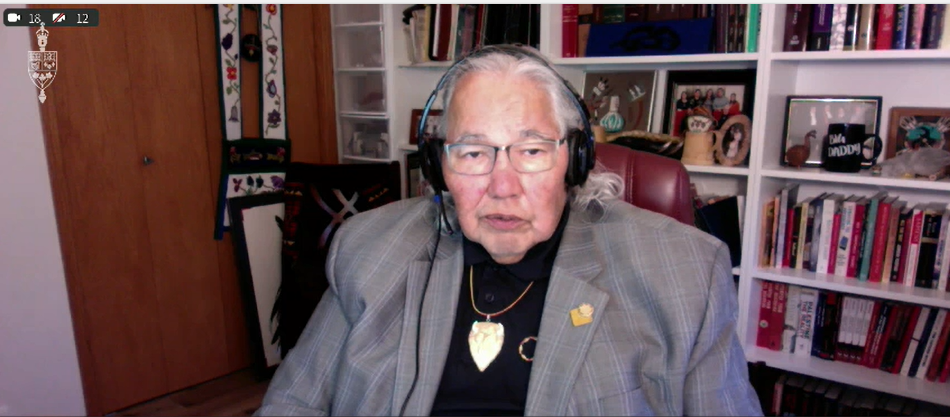The former Chair of the Truth and Reconciliation Commission said the federal government has known of possible unmarked graves at residential schools, but chose to ignore that.
Murray Sinclair testified during an emergency House of Commons Committee on the TRC Final Report Calls to Action 72-76 that several sites were identified through a report presented to Ottawa and in oral testimony of residential school survivors.
“Even with our limited amount of research that we did, we were able to safely say that we believe that there are several unknown burial sites that can be discovered and located with the use of proper geological researchers and experts,” said Sinclair. “Nothing has been done by the government to follow that up. And we think that that’s a sad commentary upon the commitment the government has, or lack of commitment to government as to trying to close the story of what happened in residential schools. Because despite the fact that it may not be important to some Canadians, and maybe to government officials, it’s a huge importance to residential school survivors, and to the families of those who did not come back.”
Several First Nations in Saskatchewan and the country have signaled their intent to conduct their own research on possible unmarked graves.
The Federation of Sovereign Indigenous Nations has identified six potential sites for unmarked graves, with Chief Bobby Cameron expressing an urgency to get work started.
Crown-Indigenous Relations Minister Carolyn Bennett said there is approximately $27 million in funding for First Nations to access for ground-penetrating radar and other search related efforts.
“We do know that there is additional information out there in the records that have been lost to the process, because much of our information about what records might exist show that school records were destroyed. And some were lost to floods or fires, but many were destroyed,” explained Sinclair. “There was a lot done to cover this up. And that’s an aspect of this story that really needs to be investigated.”
The Commission cited the “Brice Report” which document death rates at some residential schools in Saskatchewan were between 25 and 49 percent.
Commissioner Marie Wilson said there are approximately 52 existing records of unmarked graves.
“I am dismayed that it’s being framed with the poor language that we have to work with calling it the discovery of human remains. This is not a discovery, it is the validation of all that we have previously and repeatedly been told, and have been saying. These are not statistics. We know the number, but these are not statistics. They are also not all the children we know to have died,” Wilson said, referring to the find of remains of 215 children at a residential school in Kamloops. “These are little children, some of them, possibly now forever unknown, but all of them loved. And none of them now ever forgotten.”
Sinclair blasted the Catholic Church for it’s continued stonewalling of releasing records of the schools it ran.
Commissioner Wilton Littlechild suggested finding unmarked graves should not be Indigenous-led, but rather Indigenous-driven. “If it’s Indigenous-driven, then you have a hand and can shape the outcomes that you desire in a good way,” explained Littlechild.
“[Survivors] will be an even more pain because as we go forward, I’m sure that we’re going to discover additional places where bodies are buried, unmarked grave sites are found, and more information is going to come to light,” said Sinclair.
(Photo: Screenshot of Murray Sinclair testifying before a House of Commons Committee.)
